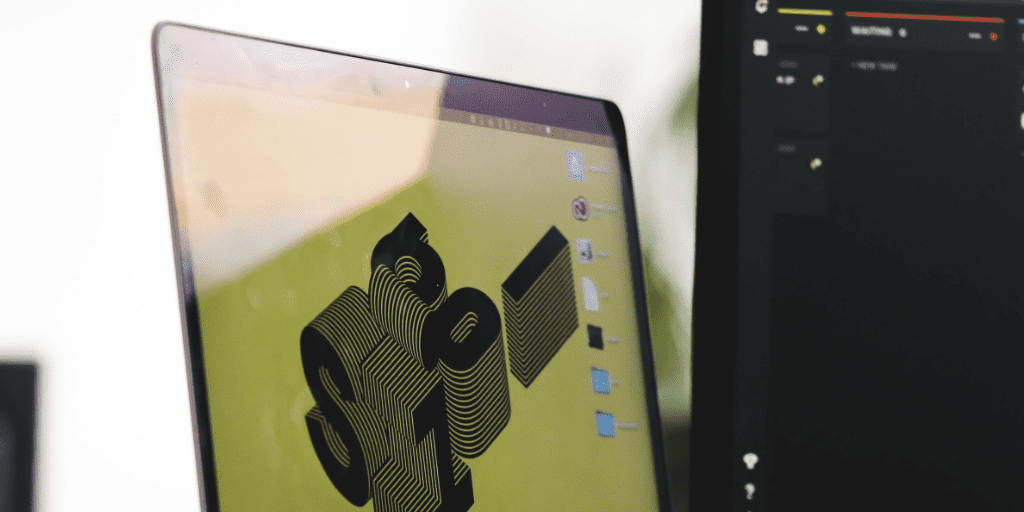When designing and creating prototypes for finished goods, there appear to be clear advantages and disadvantages to using CNC machining. Dig a bit deeper and you’ll find that sometimes a con to using CNC machining for one company might turn into a pro for another.
It all depends on the nature of their unique products and processes, among other factors.
This article aims to break the pros and cons of CNC machining prototypes by introducing some considerations that will help determine if this method is right for you.
CNC Machined Prototypes: 5 Inherent Advantages
The advantages to prototyping using CNC machining pretty much follow the positive elements of CNC machining in general. They are, quite clearly:
Precision
Prototypes are often used to help identify where problems and challenges can occur in production. In this case it is necessary to have precise prototype parts, especially if they need to meet tight tolerances and specifications.
Repeatability
Once CNC machines are set-up and programmed, making exact replicas of multiple prototypes is quick and easy.
Strength
Parts produced by CNC machines tend to be stronger due to the subtractive process of manufacturing. They do not have axis weaknesses like printed parts can. CNC machining can also mimic processes like sheet metal forming.
Surface Finishes
Prototype parts that require certain surface finishes or textures, without additional processing or steps, can be made easily with subtractive CNC processes. For example, CNC milling may offer machined parts with mirror-like finishes. Other parts may be bead blasted, tumbled or anodized.
Less Expensive for Metals
CNC machining is used to manufacture parts from a wide variety of materials including aluminum, steel, brass, bronze, copper and various plastics. A stark advantage compared to 3D printing; the cost of metal prototypes does not exponentially increase when using a CNC machining service.
While 3D printing metals and plastics is possible, metals are still new to the printing scene. They are certainly not cost-effective for rapid prototyping, due to the large, expensive printers they require.
4 Disadvantages to CNC Machining Prototyping
Requires Significant Expertise
CNC Machining requires a more thorough set-up than 3D printing. While your company might have a detailed model already designed in 3D CAD, you’ll need engineers and skilled operators that understand CAM (Computer-Aided Manufacturing) and how the software translates code for the CNC machine. Additionally, they’ll need to choose and load the best cutting tools for the job.
Geometrical Restrictions
Although CNC machines are able to make complex parts and cut on 4 and 5 axes, sometimes these machines are still not able to create complex internal structures in a repeatable way. Elaborate parts, very thin-walled parts, or parts with deep pockets might be better created using an additive manufacturing process.
Waste
As the CNC machining process is subtractive and involves cutting parts from blocks of material, there is going to be some waste. Depending on the composition, the waste may be recycled to hedge against negative environmental impact, or sold to recuperate costs.
More Expensive for Plastic Parts
While metals do not exponentially increase the cost of CNC prototyping, the cost of making plastic prototypes can exponentially decrease with 3D printing.
Cost may not be your biggest concern, depending on the factors we will discuss below, but in general, 3D printing of a one-off part is less expensive than setting up a CNC machine to create the same part.
- Why CNC Precision Machining Helps Businesses Stay Profitable
- 4 Ways Custom CNC Precision Machined Parts Improve Business Operations
Factors to Consider when Prototype Machining
- Use of the Prototype
- Stage of the Design & Production Process
- Time Constraints
- Part End Use and End Material
Prototyping CNC machining is often used to create a sample of a part that will eventually be mass-produced at a lower cost. However, considering the factors above is of great importance. The chart below shows when CNC Machining or 3D Printing may be the better choice, based on these 4 factors.
| CNC Machining may be best for… | 3D Printing may be best for… |
| Engineering prototypes or production prototypes in later stages of product development, that must function like the real thing | Prototypes that DO NOT require tight tolerances |
| Functional prototypes that require strength and mechanical stability | Look-alike prototypes used for Research & Design or to provide proof of concept |
| Prototyping in various materials at the same time for material comparison | A placeholder or prop to pitch a new product to potential investors |
| Prototypes that must progress to mass CNC production parts fast | |
| High-quality parts with exact specifications |

How CNC Prototypes Work with Other Methods
The last thing to know about CNC machining prototyping is that it can work with other methods of rapid prototyping like injection molding. In this case, CNC machining can quickly and cost-effectively create the tooling needed for molded parts.
Molds created with a CNC machine tend to be made faster than traditional tooling, helping to expedite molded prototypes. While a manufacturer might still choose to use manual tooling for the finished product run, prototypes for molded parts tend to be more authentic when they use a CNC-produced mold than a 3D printed part.